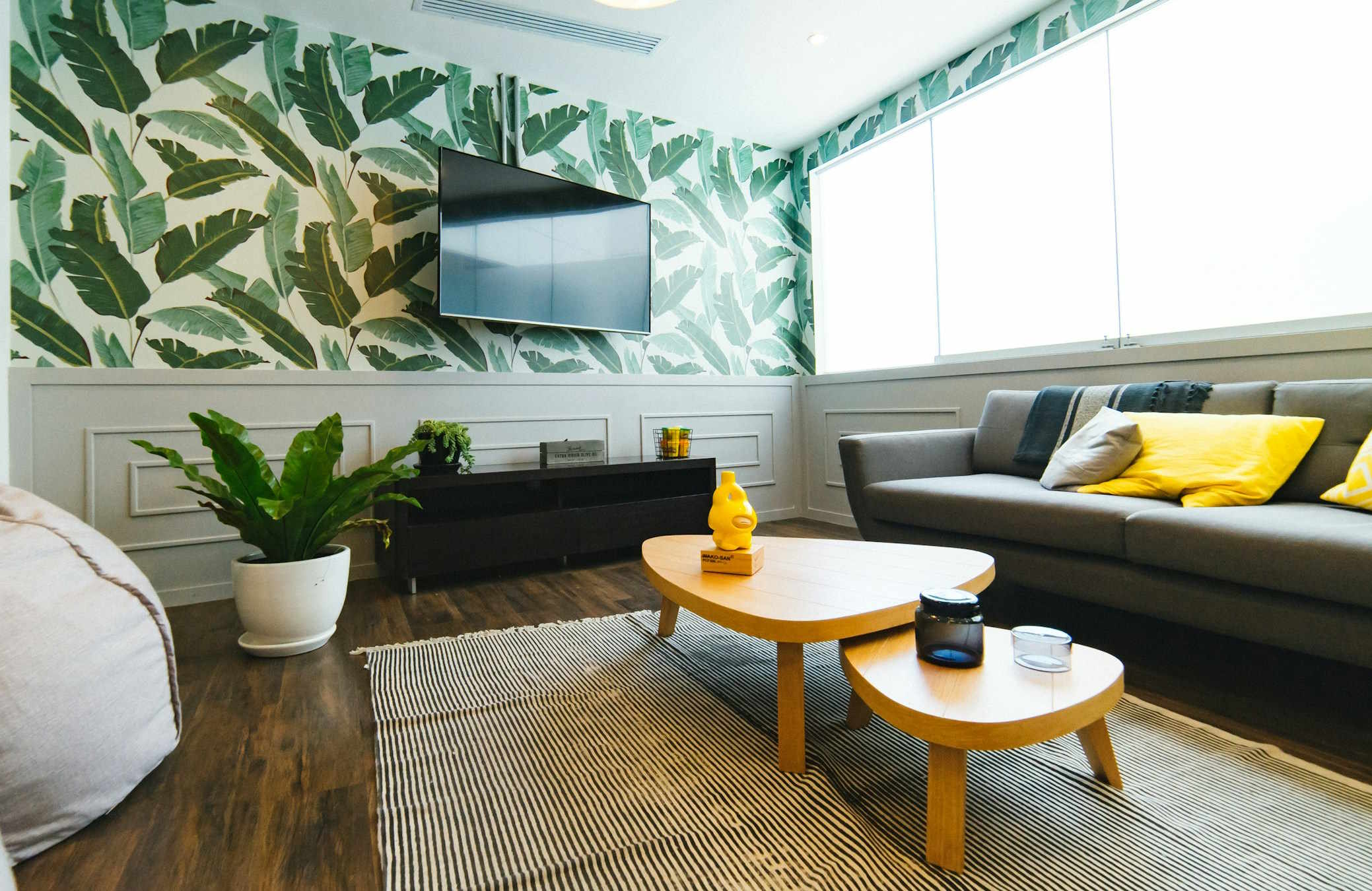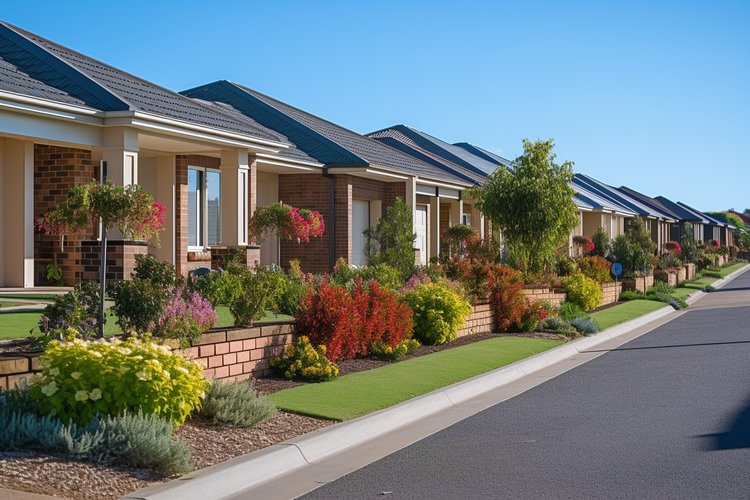The Re-emergence of Terrazzo in Modern Homes
Terrazzo, once a staple of mid-century design, is experiencing a renaissance, making a comeback in modern homes. With its sustainable features and endless design possibilities, it's proving to be more than just a fleeting trend. In the early 20th century, terrazzo was a popular choice for public buildings and palatial homes, valued for its durability and versatility. However, as modern building materials and design trends emerged, terrazzo fell out of favor in the late 20th century.
Fast forward to the 21st century, terrazzo is making a dramatic reappearance. The material’s eco-friendly properties, combined with advancements in technology, have helped to reintroduce terrazzo into the design lexicon, making it a popular choice for modern homes.
Current Design Trends: The Modern Appeal of Terrazzo
The modern appeal of terrazzo lies in its unique aesthetic and sustainable features. The material’s colorful speckled patterns offer a playful yet sophisticated look that can be customized to match any home decor. In the age of sustainability, terrazzo’s composition—typically made from recycled materials like glass, marble, and granite—also makes it an attractive option for eco-conscious homeowners.
Practicality and Market Trends: Terrazzo in Daily Living
Terrazzo’s durability makes it a practical choice for high-traffic areas like the kitchen, bathroom, and entryways. It’s resistant to water, heat, and stains, requiring minimal maintenance. Furthermore, terrazzo’s rising popularity has led to a growing market, with many manufacturers now offering terrazzo in a variety of colors and styles.
Enhancing Daily Living: The Versatility of Terrazzo
The versatility of terrazzo extends beyond flooring. Today, designers and homeowners are using terrazzo for countertops, backsplashes, and even furniture. This versatility allows for a cohesive look throughout the home, creating an aesthetic continuity that enhances daily living.
Research-backed Recommendations: Choosing Terrazzo
When choosing terrazzo, consider the size and color of the chips, as this will greatly affect the overall look. Larger chips create a more dramatic, statement-making effect, while smaller chips yield a subtler, more refined look. As for color, neutral tones like white, beige, and gray are versatile and timeless, while bold colors like blues and pinks can add a pop of personality.
In conclusion, terrazzo’s resurgence in modern homes is a testament to the material’s timeless appeal and adaptability. With its unique aesthetic, sustainable features, and practical benefits, terrazzo offers a stylish and eco-friendly solution for today’s design-savvy homeowners.






